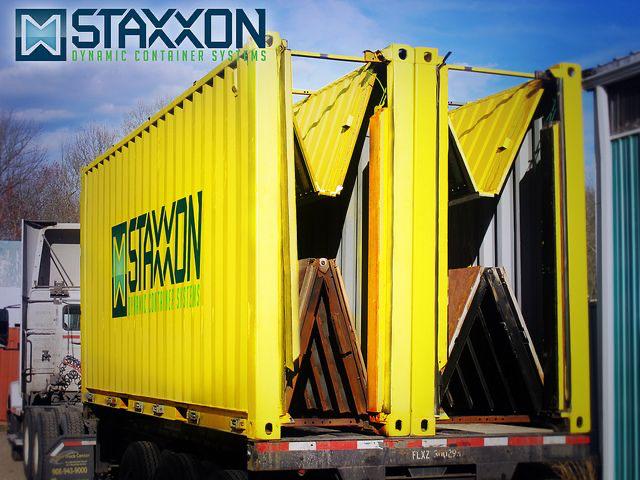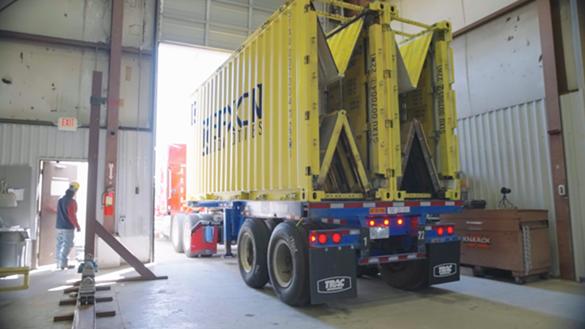Container leasing rates have soared, with some trade routes experiencing price increases of at least 50% since the start of the year. For instance, the one-way leasing rate for a 40-foot-high cube container from Ningbo to Savannah has surged to $1,500 from $800 in January, and from Shanghai to Long Beach, it has risen from $1,000 earlier this year to $1,500.
However, the issue is not just the need for containers, but a need for empty containers. Containers are concentrated in the wrong areas due to high demand and the reluctance to ship empty containers back to other ports. This is driven by disruptions in long-haul and intra-Asia services, mainly due to vessel diversions around southern Africa and increased export demand from Asia. Ports in China, Taiwan, and Singapore are especially hard-hit, with severe shortages at key locations such as Ningbo, Dalian, Guangzhou, and inland hubs like Wuhan and Chongqing.
Ocean carriers have responded by prioritizing equipment for their most significant and most loyal customers, often favoring long-haul over intra-Asia services. Some carriers have implemented priority surcharges, restricted equipment for contracted clients, charged guaranteed space premiums, and adjusted volume allocations. Meanwhile, significant investments are being made in new container orders to alleviate the shortages, with companies like China International Marine Containers (CIMC) seeing a fivefold increase in sales in the first quarter.
Staxxon‘s revolutionary foldable container could be a game-changer in addressing these distribution challenges. These empty containers can be folded, enabling more efficient transportation and storage. Instead of shipping empty containers, one at a time back to their point of origin, which is often cost-prohibitive, carriers can transport as many as five empty folded and bundled Staxxon containers in the space of a single standard container. This innovation can significantly reduce logistics costs and improve the availability of containers where and when they are most needed, helping to balance the global supply and demand more effectively.
According to George Kochanowski, Staxxon CEO, “It has been well known that using Staxxon folding containers would bring considerable benefits to the intermodal shipping world if one were to reduce the footprint of empty containers and meet the rigors of the ISO standards. With Staxxon’s commitment to introduce our 40-foot high cube container this fall, the shipping world will finally get the opportunity to realize these benefits.”

Richard Danderline, Staxxon CFO commented “Increases in transportation costs for imported goods has been a key driver of global inflation since the shipping crises of 2022. Introducing Staxxon folding containers into the supply chain provides an opportunity to break the cycle of transportation-related inflation.”
By implementing Staxxon’s foldable containers into the supply chain, the industry can mitigate the impact of misplaced containers, reduce the cost of repositioning empty containers, and enhance operational efficiency, ultimately leading to a more resilient and responsive supply chain.

